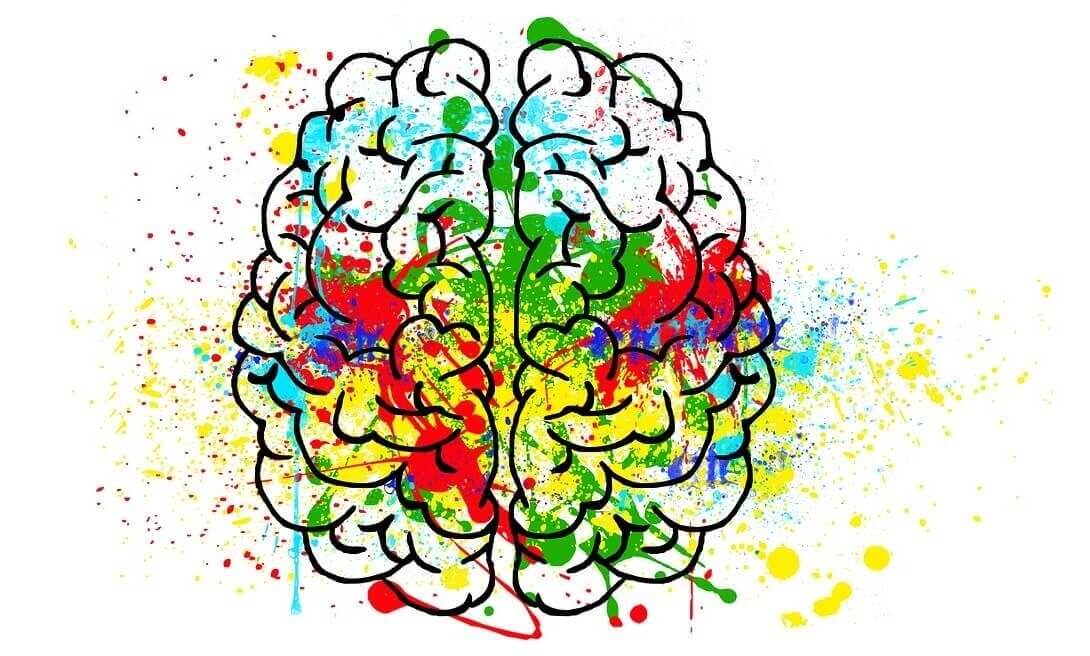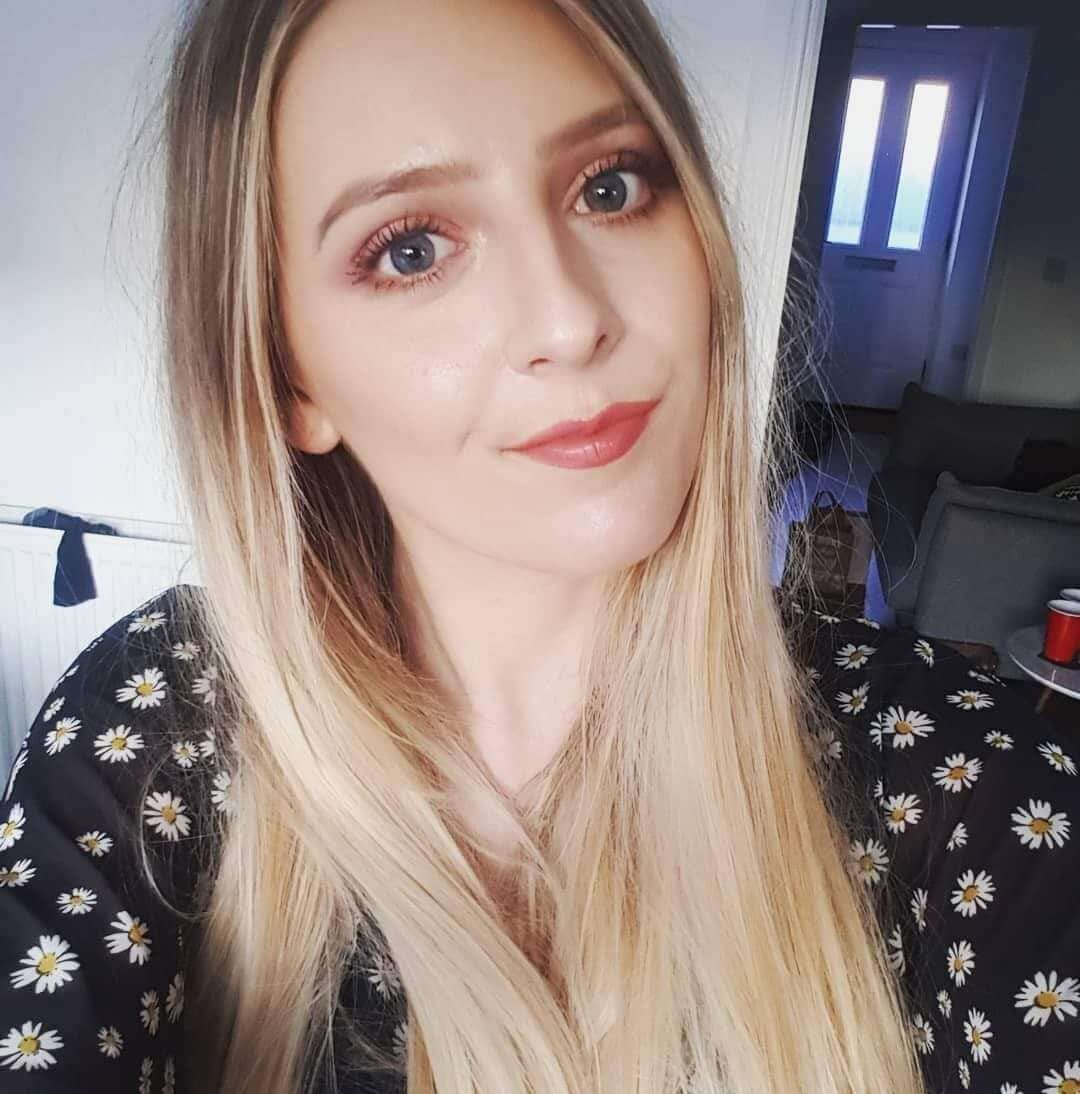January 24, 2020
How to become a creative problem solver

Problem solving and creative thinking; these are two great skills to possess in various areas of your life, from education to the workplace, and ones that work in perfect harmony with each other. No matter the task at hand, becoming a creative problem solver is something we should all strive to achieve as it can help to give us fresh perspectives when troubleshooting problems that, at first glance, appear to be unsolvable.
Though ‘creativity’ is a quality that’s most commonly associated with art, design and writing, it is a highly flexible skill that can be applied to countless tasks – making it one of the most important to have under our belts. In fact, when it comes to solving problems, creative thinking becomes incredibly useful. This is because not every problem is the same, and they can’t all be solved in the same way. By utilizing creativity in problem solving, you can devise innovative solutions that might be just the ticket, but others haven’t thought to try.
Additionally, if you can’t crack the riddle with conventional methods, Creative Problem Solving (CPS) will stop you from giving up at the first hurdle. This makes you far more likely to achieve your personal and business goals.
But don’t worry if you don’t consider yourself to be a creative thinker; everyone has the power to be creative. It’s all about knowing the right tools and techniques to help get you there. So, what exactly is a Creative Problem Solver and how can you become one?
What is Creative Problem Solving?
Creative Problem Solving is a term that has been around for many years, initially being coined by Alex Faikney Osbourne in the 1940s (who is also responsible for popularizing ‘brainstorming’). It was developed with the help of Sid Parnes in the 1950s, becoming the Osborn-Parnes Creative Problem Solving process called the CPS Learner’s Model.
According to the Creative Education Foundation (which was founded by Osbourne), CPS begins with the assumption that everyone is creative in some way, and that creativity can be learned or developed further. The CPS Model outlines that the process of Creative Problem Solving should incorporate the following steps:
- Clarify: Identify the goal, gather data to understand the challenges you may encounter when achieving this goal, and create “challenge questions” that invite solutions (such as “is there enough time to complete the necessary actions?”).
- Ideate: Generate ideas that answer the challenge questions you identified.
- Develop: Turn your ideas into solutions by evaluating and strengthening them. You can then choose the solutions that best “fit” the goal and its challenges.
- Implement: Formulate a plan by identifying resources and actions that will support the implementation of your selected solutions.
Although Creative Problem Solving isn’t new, many businesses and organizations are now realizing the importance of creativity in problem solving. As Adobe has pointed out, the US Department of Education, World Economic Forum, and Bloomberg have all indicated that the jobs of the future will require creative problem-solving skills. In addition to this, 90% of surveyed educators said that it should be implemented across all curricula in education.
With all that in mind, here are just some of the techniques you can utilize to become a creative problem solver:
Mind Mapping
Mind Maps, by their very nature, are creative. Though they’re also an effective tool for boosting memory and recall due to their visual nature (often incorporating a range of shapes, colors and imagery), their flowing layout and use of keywords and short phrases also encourage our brains to make associations between ideas, thus enabling us to think more creatively.
With this in mind, it shouldn’t be surprising that Mind Mapping also lends itself to being a great problem-solving technique. Solving a problem can be stressful and overwhelming when you first attempt to tackle it, which can make it harder to generate potential solutions. Fortunately, using Mind Maps in your problem solving can help you to organize your thoughts, as well as stimulate your brain to devise more creative ideas – which is essential for every stage of the CPS Model.
The Six Thinking Hats
This problem-solving technique requires you to move beyond your comfort zone and consider a problem from a range of different perspectives by essentially wearing different thinking hats. Humans are creatures of habit; if someone is an emotional thinker, they will have a tendency to approach every problem with this mindset, resulting in similar conclusions being drawn each time. Whether you use the Six Thinking Hats technique on your own or in a group, it forces you to get a more rounded view of the problem at hand, resulting in more creative problem solving.
Each of the six hats is a different color to signify a different way of thinking. When someone is wearing the White Hat, for example, they need to focus on the available facts and figures, using this to analyze past trends and fill in gaps in their knowledge. When they switch to the Red Hat, they need to consider how people will react emotionally. Wearers of The Blue Hat will focus on the decision’s possible negative outcomes, while wearers of the Yellow Hat are more optimistic. When wearing the Green Hat, this is the time to use tools such as Mind Mapping to brainstorm and generate more creative solutions. Finally, the wearer of the Blue Hat is the person that sets objectives, defines the problem, and draws conclusions from the meeting; think of them as ‘the chairman’, if you will.
Focused daydreaming
We all know that we don’t get our best ideas when we’re sitting at a desk, having stared at the same notebook for the past 20 minutes while willing ourselves to think of something, anything creative to jot down. Instead, inspiration tends to strike later, and when we least expect it. More often or not, this happens when we’re daydreaming while we’re doing something else – such as listening to music on the train home from work or relaxing in the bath.
But before you put your computer into sleep mode and head off for a walk, it’s important to know that daydreaming is most beneficial when it’s focused – especially when it comes to solving a specific problem. So, before you chuck your coat on, make sure you gather as much information as you can about the problem beforehand, so you can generate as many creative solutions as possible (after all, knowledge is power), and define what exactly it is that you want to achieve. Then you can let your wandering mind do the creative thinking.
Reversing the problem
One thing that sets Creative Problem Solvers apart from others is their ability to utilize different techniques to tackle a problem from various angles. Turning a problem on its head by looking at it in reverse can be highly useful (whether this is done alone or with a group). It encourages you to discover new issues that you may not have considered when using conventional brainstorming methods, resulting in more innovative solutions being generated.
So, how do you conduct Reverse Brainstorming correctly? It’s really as simple as it sounds. Take a challenge, such as “how do we acquire more customers?” and flip it so that it becomes “how do we lose customers?”. This is something that you may never have considered before, which can help you be more innovative in your thinking. By looking at a problem from various angles, you can ensure all bases are covered.
Incubating ideas
As we’ve already explained, our best sparks of inspiration come to us when our minds wander; often when we’re waiting for the kettle or boil or having our morning shower. Another way you can take advantage of the creative powers of our wandering, distracted mind is by taking regular breaks, thus allowing our ideas time to ‘incubate’ and develop further.
Like with most tasks, if we force ourselves to keep working without a break, we will eventually ‘burn out’ and fail to be productive. However, research into incubating ideas has found that the best way to utilize breaks to generate creative ideas and innovative solutions to problems is by doing another task that doesn’t require a lot of concentration – for example, going for a walk or doing the dishes. So, spend some time problem solving, take that incubation break, then come back to the problem with that fresh burst of inspiration you needed.
Becoming a Creative Problem Solver doesn’t have to be a challenge if you have the right tools to help you. Ayoa gives you the power to manage every aspect of a project from start to finish, breaking it down into individual tasks that can be assigned to others, as well as brainstorm innovative solutions to problems in customizable and creative Mind Maps. Find out more about Ayoa’s features or get started for free today.

